Microsoft’s Brave Move to Unite Pricing Sends Shocks through the Data and Analytics Market
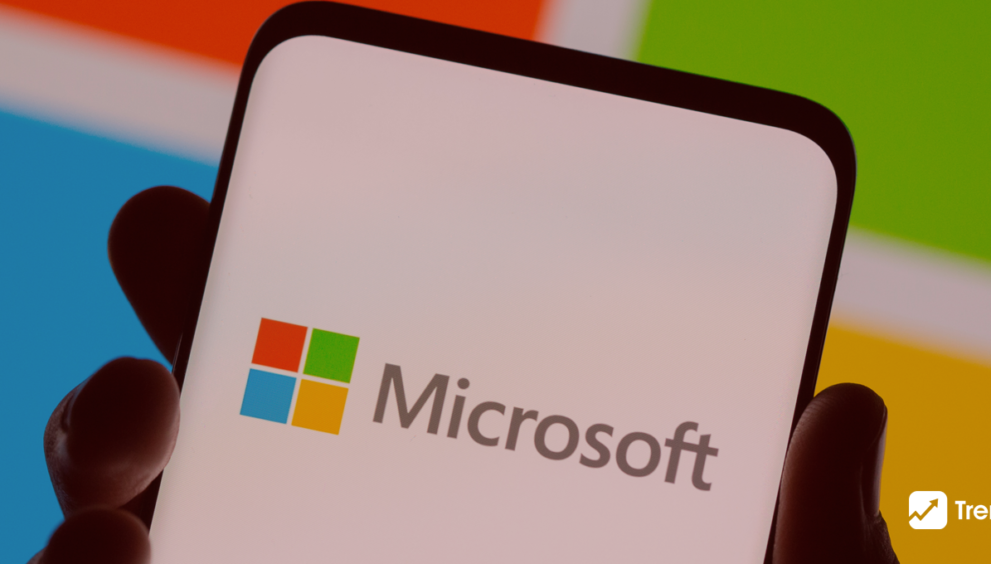
Microsoft fulfilled its commitment to simplify and streamline pricing for its Microsoft Fabric suite, a new end-to-end platform for analytics and data workloads. According to VentureBeat, pricing is depending on how much overall computation and storage a customer consumes. It will not need clients to pay for separate computing and storage buckets for each of Microsoft’s numerous services.
The move raises the stakes for Microsoft’s competitors, notably Google and Amazon, who compete hard for market dominance. These rivals provide comparable analytics and data solutions based on their clouds but (particularly Amazon) charge clients numerous times for the different, discrete analytics and data tools used on their clouds. While Google has established its fabric offering called Google DataPlex to avoid billing in buckets, Forrester analyst Noel Yuhanna believes Google’s analytics offering isn’t as complete. The price sheet, which displays fixed pricing for computing and storage throughout Fabric, is slated to be published on Microsoft’s blog.
An example of pricing for US West 2, which covers a portion of the West Coast, was received by VentureBeat and is included at the bottom of this page. The new pricing comes after Microsoft said that it was combining its numerous data analysis products into the Fabric package. The package combines six distinct products, including Azure Data Factory, Azure Synapse Analytics, and Power BI, to provide a single experience and data architecture. The software as a service (SaaS) product is intended for engineers and developers to more readily extract insights from data and convey them to corporate decision-makers.
Pricing Adjustments Are On the Way
Here’s what Microsoft stated it will share regarding price.
Rather than providing and maintaining separate computing for each job, a bill is decided by two factors in Microsoft Fabric: the quantity of compute allocated and the amount of storage consumed.
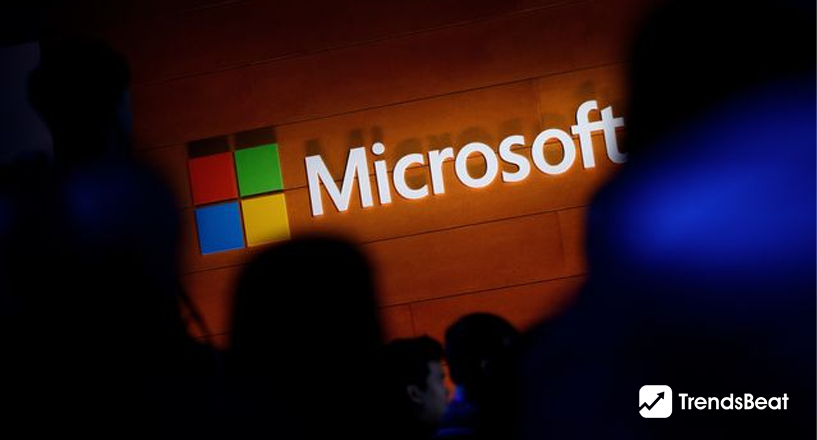
Compute: A shared pool of capacity that underpins all Microsoft Fabric capabilities, from data modeling and warehousing to business analytics. Pay-per-use (per-second billing with a one-minute minimum).
Storage: A single location for all data. Pay-per-use ($ per GB / month).
Customers that purchase Fabric capacity will receive a set of capacity units (CUs). Capacity units (CUs) are measurement units that reflect a pool of compute power required. To run queries, jobs, or tasks, computing power is necessary. The CU usage is significantly associated with the underlying compute effort required for the activities performed by the capability throughout processing time. Each capacity, and the queries, jobs, or activities connected with it, have a distinct consumption rate.
Sneak Peak at Microsoft Price & Its Promising Features
Microsoft has delivered on its pledge to provide a more streamlined and economical Microsoft Fabric pricing model for its end-to-end platform geared for analytics and data workloads. The company’s new pricing system, which is based on total compute and storage used by users, eliminates the need for separate payment for compute and storage buckets associated with each of Microsoft’s various services.
This strategic decision raises the stakes against big competitors like Google and Amazon, which provide identical analytics and data solutions but charge clients many times for numerous distinct tools used on their cloud platforms.
THE PRICING OF MICROSOFT FABRIC IS GOING TO BE RELEASED
Although we do not yet have official Microsoft Fabric pricing information, which will be released, VentureBeat has disclosed the typical costs that Microsoft will charge for this service. The Microsoft Fabric pricing is designed to give the service your organization requires with the least amount of spending by allowing you to pay only for the SKUs and CUs you use, rather than a predetermined price for the service you receive.
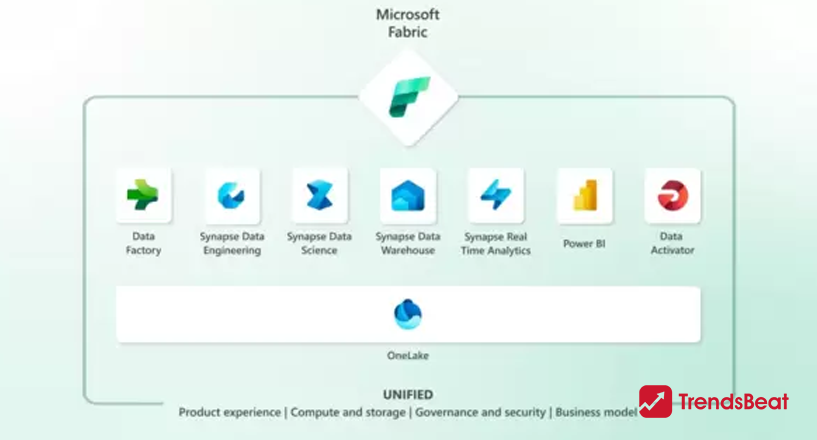
This avoids the difficulties and expenses involved with individual service pricing. Microsoft is establishing itself as a potential challenger to industry leaders such as Google and Amazon, who have routinely charged users for various products used within their cloud ecosystems.
The Microsoft Fabric pricing will indeed set it apart from other industry solutions since, often, when you purchase such services, you are billed for several services that you do not utilize. Microsoft’s price for your company is a little unique.
SIMPLIFIED PRICING
Pricing has been simplified: The Microsoft Fabric price is based on total compute and storage use. Microsoft Fabric has a clearer price approach than other rivals, who charge individually for each service or tool. This openness enables organizations to control expenses and make educated resource allocation decisions.
The Price of Microsoft Fabric and Its Influence on Rivals
The change in Microsoft Fabric pricing, which provides a single approach, poses a substantial threat to big cloud competitors like Amazon and Google, which have typically charged users individually for various services. Fabric puts pressure on companies that only offer individual components of the analytics and data stack by giving a full and integrated set of capabilities. Snowflake’s reliance on proprietary data formats and limited compatibility, for example, raises concerns about its ability to compete with Microsoft’s comprehensive solution. Let’s see if Microsoft can once again demonstrate why it is a technological leader by ushering in a new era of data management.







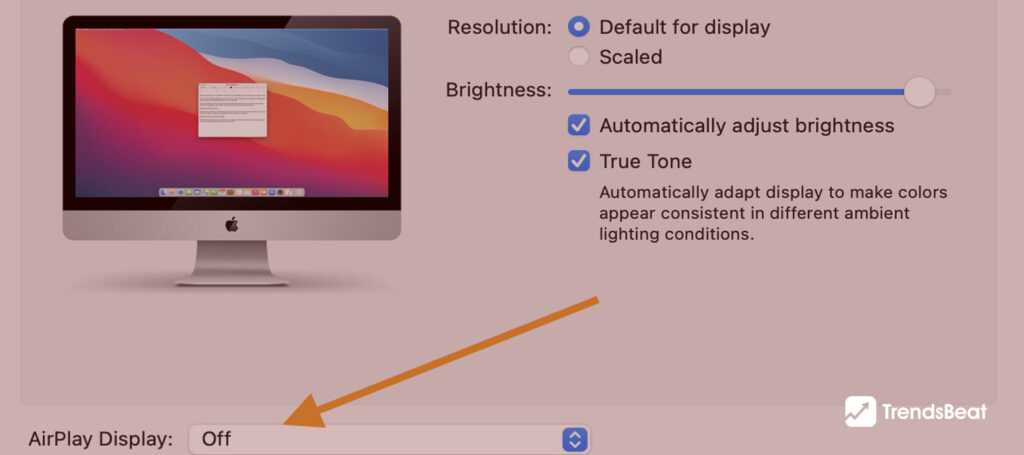













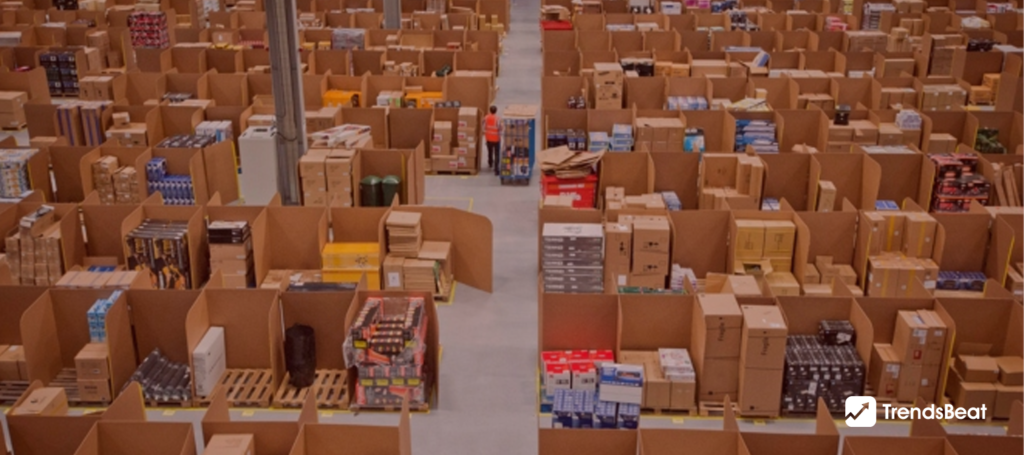









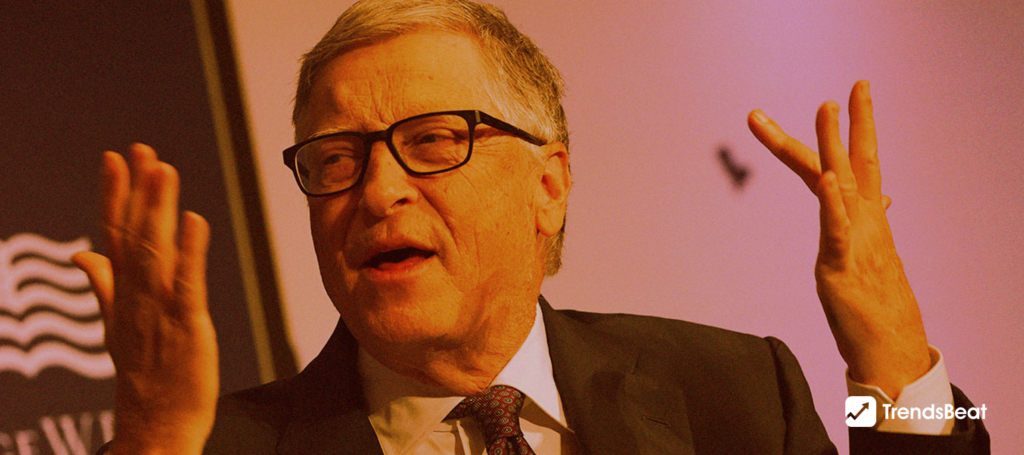
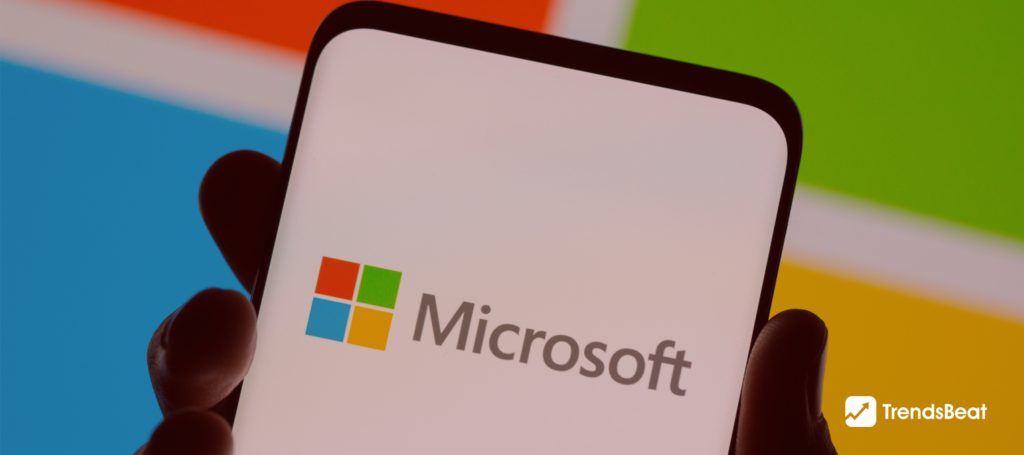

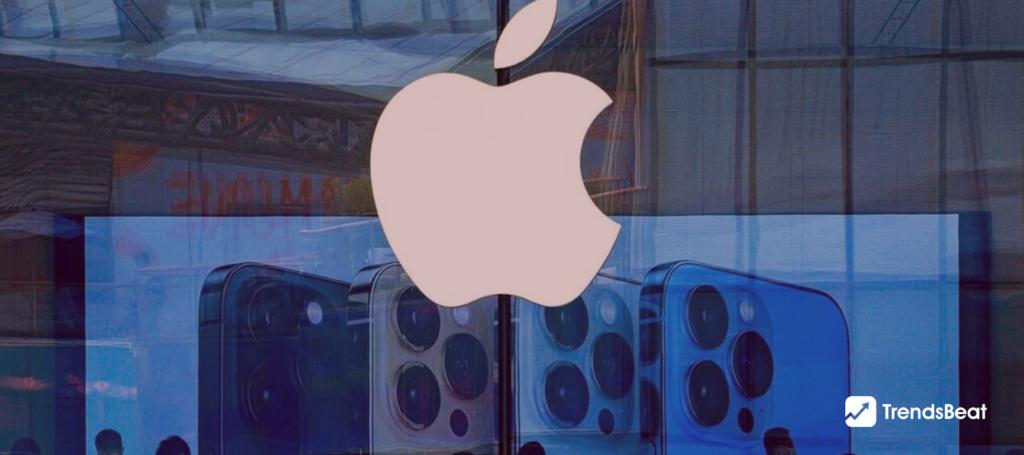

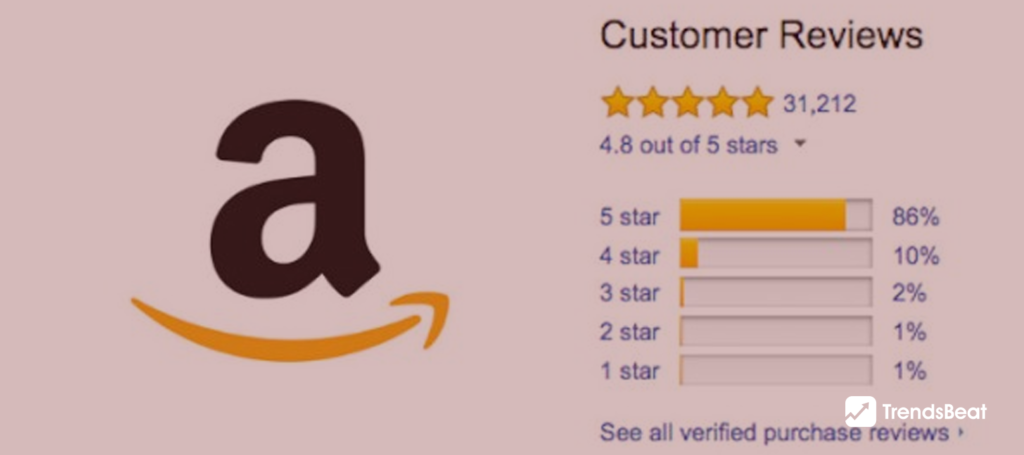




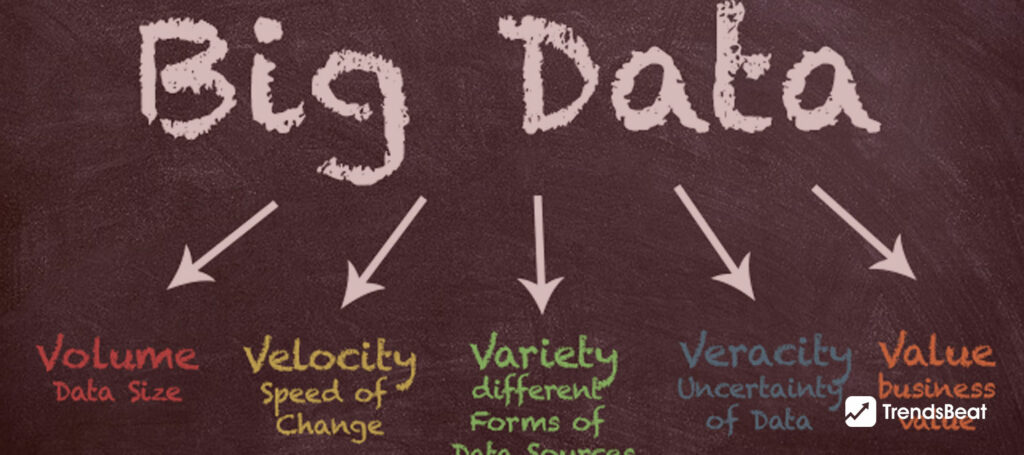






























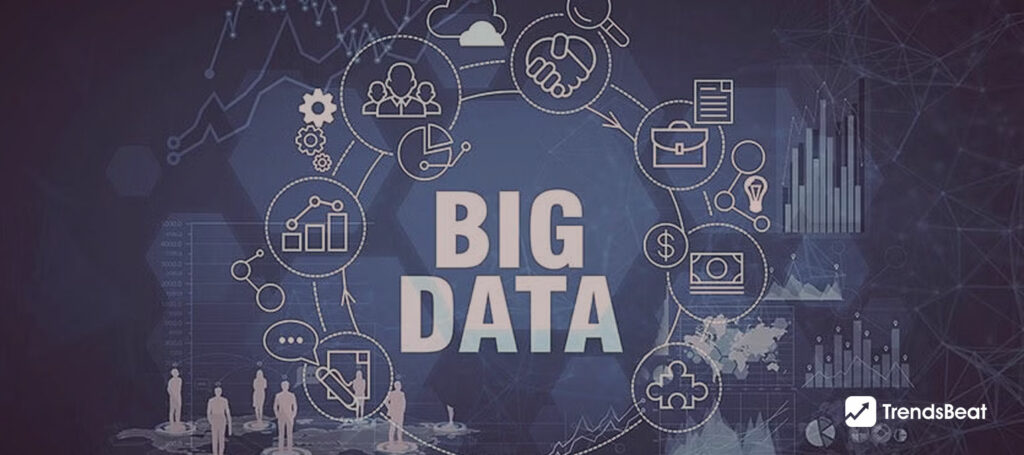






![Essential-Cybersecurity-Tips-for-Small-Businesses-[Protect-Your-Data]-TrendsBeat](https://trendsbeat.com/wp-content/uploads/2023/05/Essential-Cybersecurity-Tips-for-Small-Businesses-Protect-Your-Data-feature-image-template-1024x455.jpg)




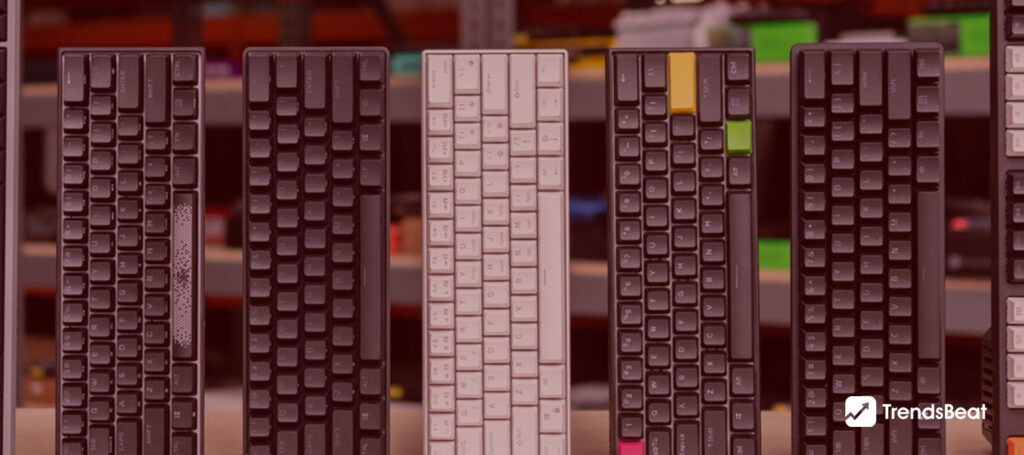













![Top Fitness Trends & Workout Routines to Follow [Stay Fit, Stay Healthy]](https://trendsbeat.com/wp-content/uploads/2023/04/feature-image-Top-Fitness-Trends-Workout-Routines-to-Follow-Stay-Fit-Stay-Healthy-1024x455.jpg)










![[Weight Loss Medication Health Effects] Side Effects and Best Advice](https://trendsbeat.com/wp-content/uploads/2023/04/feature-image-Weight-Loss-Medication-Health-Effects-Side-Effects-and-Best-Advice-1024x455.jpg)



